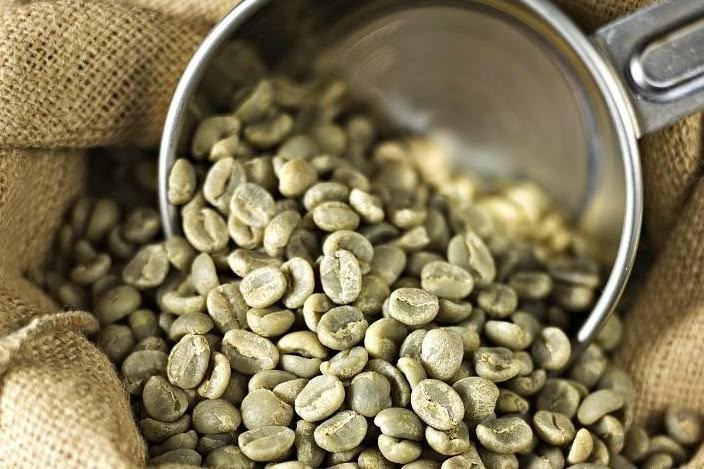Hawaiian boutique coffee Kona Manor introduction: Horadadi Coffee Manor

Professional coffee knowledge exchange more coffee bean information please follow the coffee workshop (Wechat official account cafe_style)
Hawaii is the largest island in the Hawaiian archipelago, so it is also called the theBigIsland. Kona Coffee is produced in the west and south of the Kona region of Hawaii. Coffee trees are scattered on the slopes of Hualalai and MaunaLoa, which is 150m to 750m above sea level, which is suitable for coffee growth.
Located in the southwest of the Big Island, this area is 20 miles long and 2 miles wide, covering the slopes of Hualalai and Mauna Loa. Only coffee beans grown in this area and accepted the most stringent certification standards can be sold under the brand name Kona. Today, about 100 farms have produced coffee beans that meet the above standards. In the future, more and more farms are expected to follow, most of them are very small families.
Type farm, coffee planting area is usually between 18 mu and 42 mu. Kona Coffee earns more than $10 million a year for these coffee farms.
Kona coffee has always been grown at home. At first, only men were allowed to work in the coffee garden, and later women joined in. This kind of family production of Hawaiians preferred to rely on the efforts of their families rather than hiring workers to work, so it was normal for Hawaiians to have eight or nine children at that time. Since then, new immigrants from the Philippines, the United States and Europe have come to Hawaii to engage in the coffee industry. Over time, Hawaii has formed a social atmosphere that centers on family culture and is easy to absorb foreign cultures. and make it a major feature of Hawaii.
Although coffee trees are grown commercially on all the islands of Hawaii, the Big Island currently has the largest number of coffee farms, about 650, but these coffee farms are relatively small, adding up to less than 2000 acres of plantation woodland, while only 25 coffee farms are operating on the islands of Maui, Molokai, Oahu and Kauai However, the coffee plantations in these places are much larger than those on the big island, and the total output is more than three times that of the big island coffee garden. Surprisingly, Kauai Island has the largest coffee-growing area of any island, with more than 4000 acres, but all are managed by the same operator, while Molokai Island has only 550 acres of coffee-growing land, with even fewer Maui and Oahu. Most Hawaiian coffee farmers still pick fresh coffee cherries to sell today, but in recent years more and more people are committed to adding value to their coffee bean products, so they mostly go to their own post-processing, drying, grinding and baking their own coffee beans.
Horadadi Coffee Manor
Hula Daddy Sweet Coffee, produced by Hula Daddy, has won many coffee competitions around the world. It is also a well-known farm with a record of 97 points (Hawaii Coffee Reviews) for Hawaiian coffee beans. In addition, the coffee farm insists on the cultivation of green organic farmers, which can be said to be the most popular coffee farm nowadays.
At the World Exposition held in Vienna in 1873, the late farmer Green Well showed the charm of Hawaiian obstetric Kona Coffee to the world for the first time and was known as the first person of Kona Coffee.
Today, the 40, 2846-square-meter farm cultivates high-quality coffee beans, accounting for 20% of Hawaiian Kona coffee production throughout the year, making it one of the leading traditional Hawaiian coffee farms.
Important Notice :
前街咖啡 FrontStreet Coffee has moved to new addredd:
FrontStreet Coffee Address: 315,Donghua East Road,GuangZhou
Tel:020 38364473
- Prev

Minas Gerais Coffee Manor, Brazil: Brazilian hillside manor
Professional coffee knowledge exchange more coffee bean information please follow the coffee workshop (Wechat official account cafe_style) Minas Gerais (Minas Gerais) is located in the southeastern corner of South America in the heart of the Brazilian plateau, producing quality Arabica coffee. Old bourbon coffee is grown on some estates in the Brazilian state of Minas Greais. These estates.
- Next

How to buy high-quality coffee raw beans? How to judge the quality by observing the appearance of raw beans?
Professional coffee knowledge exchange more coffee bean information please pay attention to coffee workshop (Wechat official account cafe_style) raw bean sellers (refers to coffee farmers, raw bean processing plants) before selling to buyers (importers, brokers, bean merchants), must be responsible for coffee bean grading, once the classification is completed, "Exceptional" and "Specialty" and so on
Related
- Does Rose Summer choose Blue, Green or Red? Detailed explanation of Rose Summer Coffee plots and Classification in Panamanian Jade Manor
- What is the difference between the origin, producing area, processing plant, cooperative and manor of coffee beans?
- How fine does the espresso powder fit? how to grind the espresso?
- Sca coffee roasting degree color card coffee roasting degree 8 roasting color values what do you mean?
- The practice of lattes: how to make lattes at home
- Introduction to Indonesian Fine Coffee beans-- Java Coffee producing area of Indonesian Arabica Coffee
- How much will the flavor of light and medium roasted rose summer be expressed? What baking level is rose summer suitable for?
- Introduction to the characteristics of washing, sun-drying or wet-planing coffee commonly used in Mantenin, Indonesia
- Price characteristics of Arabica Coffee Bean Starbucks introduction to Manning Coffee Bean Taste producing area Variety Manor
- What is the authentic Yega flavor? What are the flavor characteristics of the really excellent Yejasuffi coffee beans?

